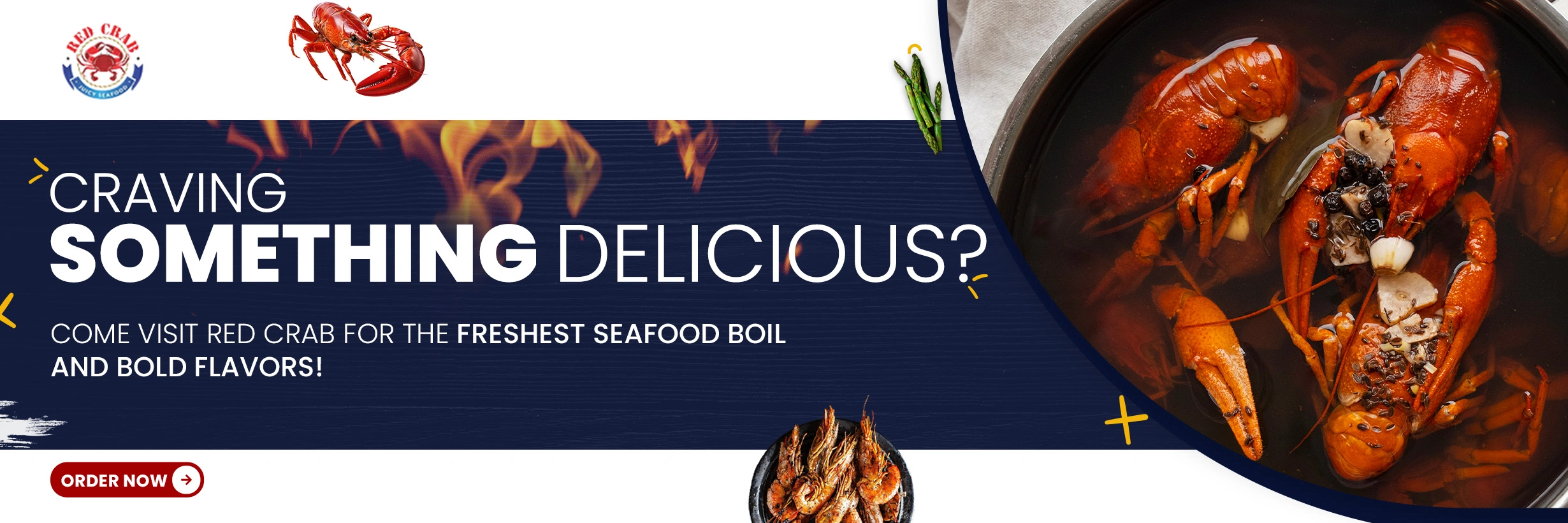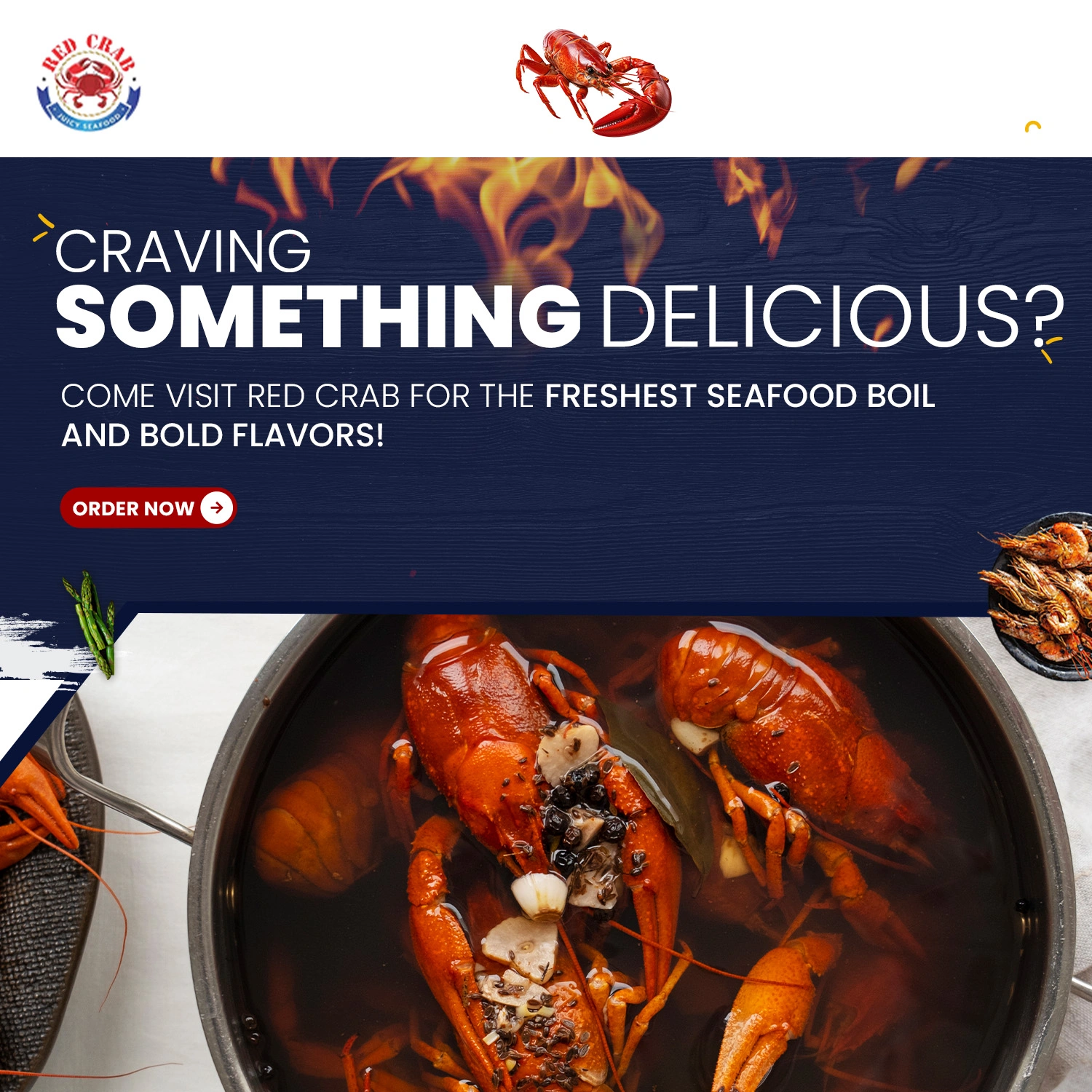The Ultimate Guide to Perfectly Fried Shrimps
Table of Contents
In this ultimate guide, we will cover everything you need to know to make perfectly fried shrimps at home. We will discuss the best types of shrimp to use, how to prepare them, the perfect frying techniques, and how to serve and pair them with ideal side dishes and drinks. We will also provide variations and alternatives to traditional fried shrimp recipes and troubleshoot common issues that may arise during the frying process.
With this guide, you’ll be able to impress your family and friends with a restaurant-quality fried shrimp recipe made right in your own kitchen. So, let’s get started!
Choosing the Perfect Shrimp
Choose the right size: Large or jumbo-sized shrimp are best for frying as they are meatier and hold up well during the frying process. Small or medium-sized shrimp may become too crunchy or overcooked when fried.
Look for fresh shrimp: Fresh shrimp are essential for making delicious fried shrimps. When purchasing shrimp, look for ones with firm and translucent flesh, and avoid shrimp with a grayish or yellowish tinge. Shrimp should also smell fresh and not fishy.
Check for deveining: Deveining shrimp is important as it removes the intestinal tract, which can be gritty and unpleasant to eat. Some shrimp may come deveined, but if not, you can easily do it yourself by cutting a small slit along the back of the shrimp and removing the vein.
Consider the type of shrimp: Different types of shrimp have different flavors and textures. Some of the best shrimp for frying include Gulf shrimp, white shrimp, and tiger shrimp. It’s best to avoid pre-cooked or frozen shrimp, as they may not fry as well and can be less flavorful.
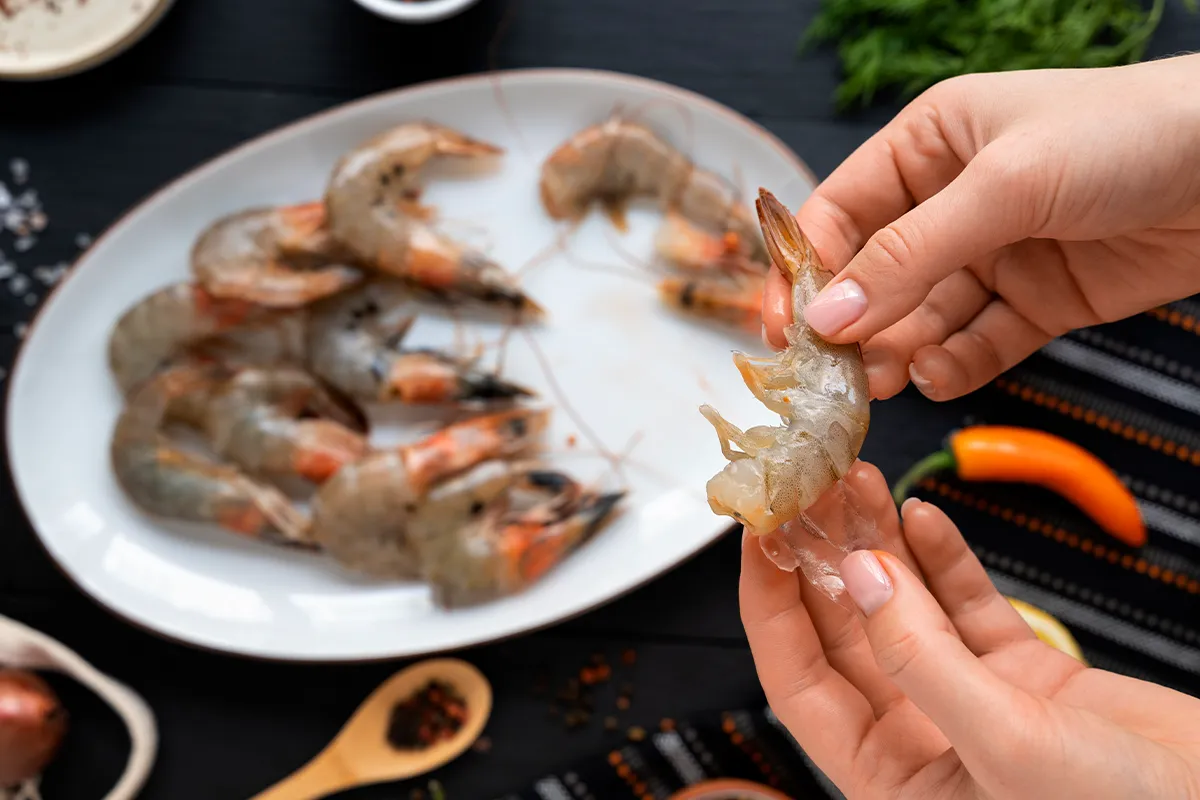
Preparing the Shrimp
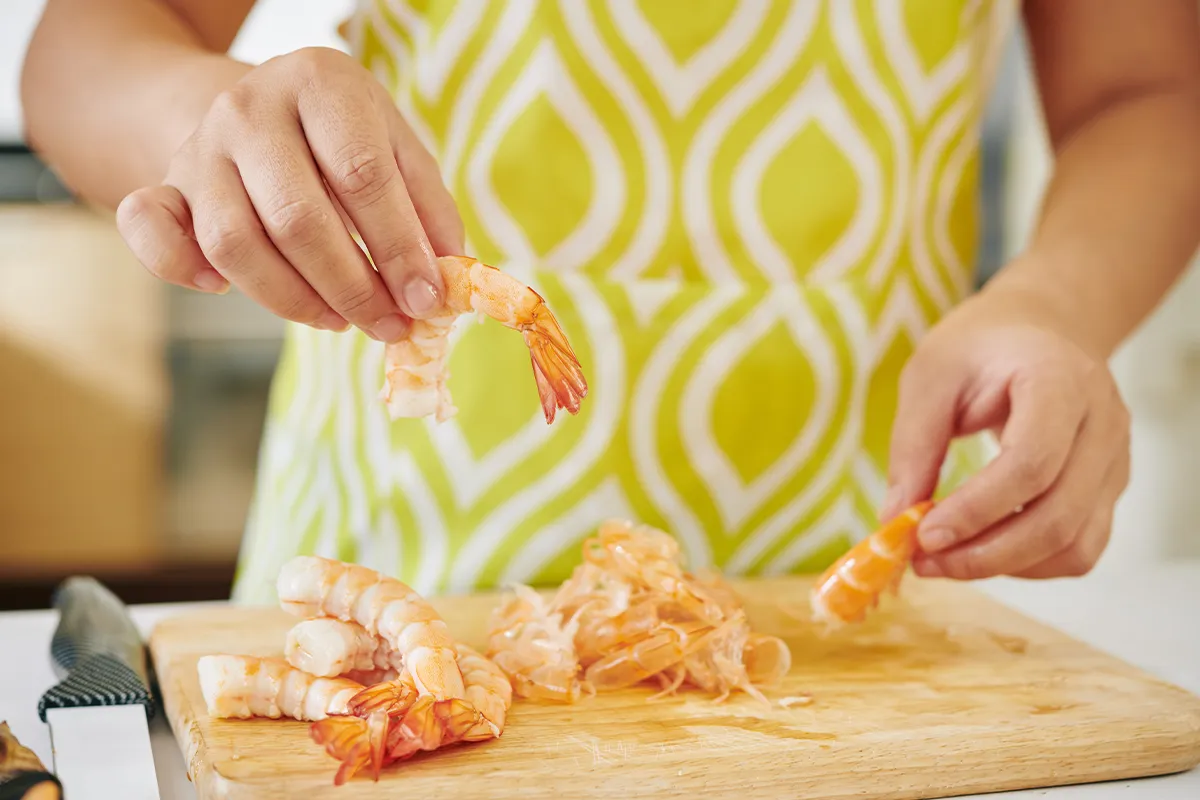
Simple seasoning: You can season the shrimp with a simple blend of salt, pepper, and paprika or cayenne pepper for added flavor. Simply toss the shrimp in the seasoning blend before frying.
Marinating: Marinating the shrimp can add more depth of flavor to your fried shrimps. A simple marinade of lemon juice, garlic, and olive oil can do the trick. Allow the shrimp to marinate for at least 30 minutes before frying.
Coating: Coating the shrimp in flour or breadcrumbs can give them a crispy shrimp texture. Dip the shrimp into beaten eggs first before coating them in seasoned flour or breadcrumbs. You can also add spices or herbs to the coating for added flavor.
Tempura batter: Tempura batter is another popular coating for fried shrimp. It’s a light and crispy batter made with flour, cornstarch, and cold water. Dip the shrimp in the batter and fry until crispy.
Creating the Perfect Batter for fried shrimps
To create the perfect batter for fried shrimps, follow these steps:
- Combine the dry ingredients: In a mixing bowl, combine 1 cup of all-purpose flour, 1/2 cup of cornstarch, 1 teaspoon of baking powder, 1 teaspoon of salt, and 1/2 teaspoon of black pepper. Whisk the ingredients together until they are well combined.
- Add the wet ingredients: In a separate bowl, whisk together 1 large egg and 1 cup of cold water. Gradually add the dry ingredients to the wet ingredients, whisking until the batter is smooth and free of lumps.
- Let the batter rest: Let the batter rest for 10-15 minutes before using it. This will allow the batter to thicken and adhere better to the shrimp.
- Adjust the consistency: If the batter is too thick, add a little more water, 1 tablespoon at a time, until you get the desired consistency. If the batter is too thin, add a little more flour, 1 tablespoon at a time, until you get the desired consistency.
- Use the batter immediately for perfect fried shrimps: Use the batter immediately after making it. Dip the shrimp in the batter and fry them until they are golden brown and crispy.
Tips for Perfect Frying
Frying the shrimp to perfection can be tricky, but with the right techniques, you can achieve crispy and flavorful fried shrimp appetizer every time. Here are some tips for perfect frying:
Choose the right oil: The best oils for frying shrimp are those with a high smoke point, such as vegetable, canola, or peanut oil. These oils can withstand high temperatures without burning or smoking.
Temperature control: It’s important to maintain a consistent oil temperature when frying shrimp. Heat the oil to 350-375°F (175-190°C) and use a thermometer to monitor the temperature throughout the frying process.
Don’t overcrowd the pan: Overcrowding the pan can cause the oil temperature to drop, resulting in greasy and soggy shrimp. Fry the shrimp in small batches and give them enough space in the pan to ensure even cooking.
Drain excess oil: Once the shrimp are fried, use a slotted spoon to remove them from the oil and place them on a paper towel-lined plate to drain excess oil. This will keep your shrimp crispy and prevent them from becoming greasy.
Avoid overcooking: Overcooked shrimp can become rubbery and tough. Fry the shrimp until they are golden brown and crispy, but be careful not to overcook them. They should be cooked through but still tender.
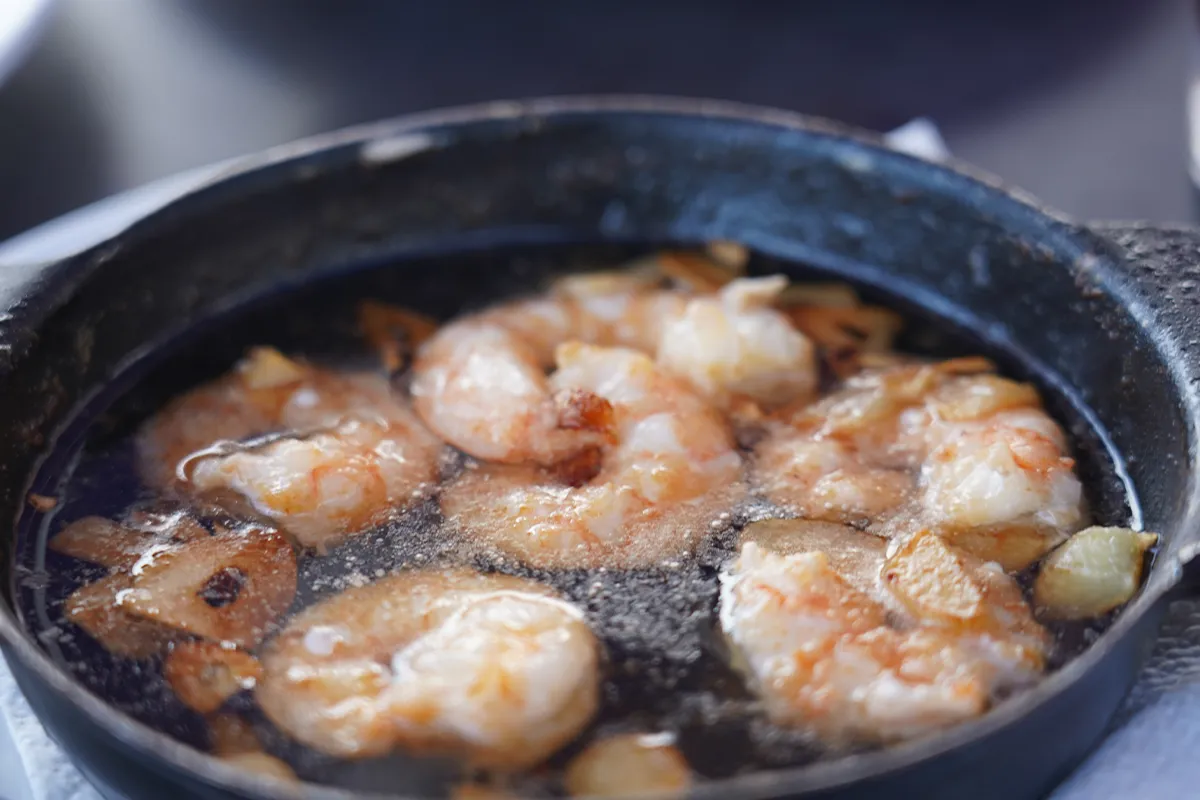
Serving and Pairing
Fried shrimp are delicious on their own, but they can also be paired with a variety of side dishes and drinks to create a complete and satisfying meal. Here are some ideas for serving and pairing fried shrimp:
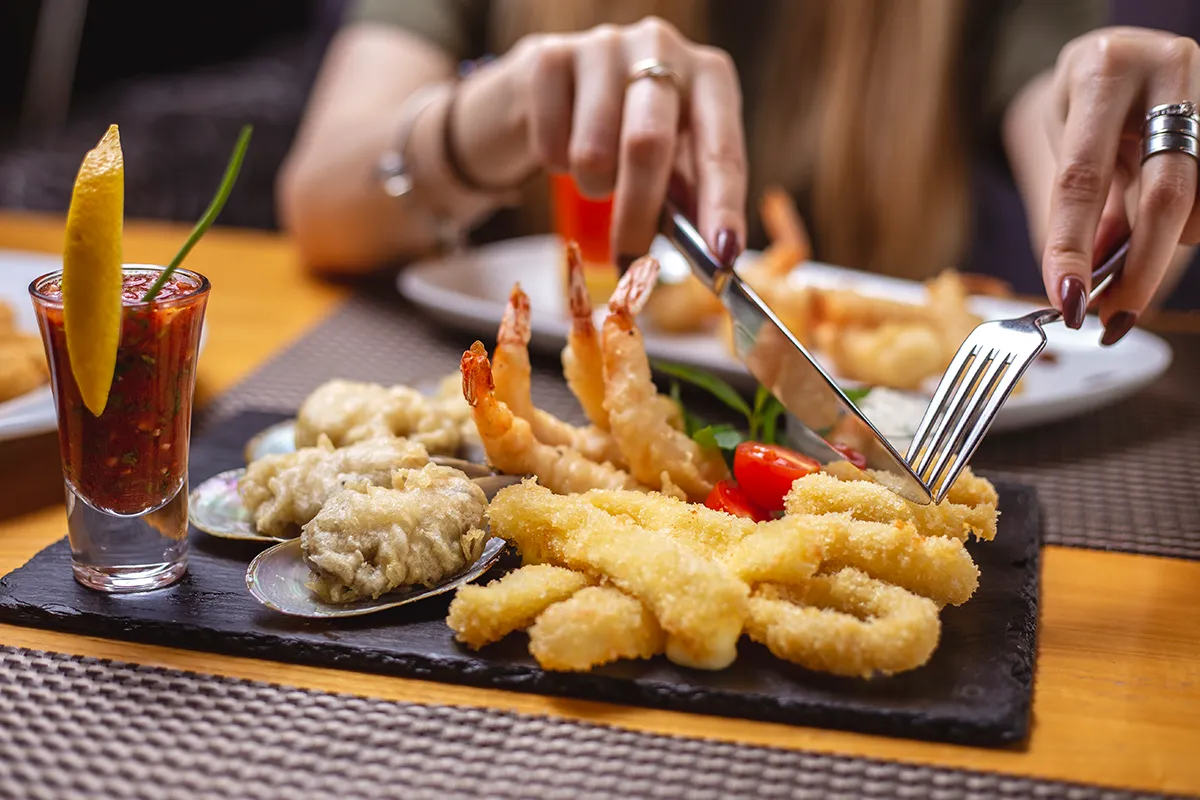
Side dishes: Fried shrimp pair well with a variety of side dishes, such as coleslaw, roasted vegetables, or a fresh salad. You can also serve them with classic sides like French fries or hush puppies.
Sauces: Dipping sauces are a must-have for spicy fried shrimp. Some popular options include tartar sauce, cocktail sauce, or remoulade sauce. You can also try making your own sauce, such as a spicy aioli or a sweet chili sauce.
Drinks: Fried shrimp pair well with light and refreshing drinks, such as a cold beer, a crisp white wine, or a citrusy cocktail like a margarita or mojito.
Variations: You can also try different variations of fried shrimp, such as adding spices to the coating or using a different batter, like a beer batter or a cornmeal batter. You can also try different cooking methods, such as air frying or pan frying.
Tips for Perfect Frying
Frying the shrimp to perfection can be tricky, but with the right techniques, you can achieve crispy and flavorful fried shrimp appetizer every time. Here are some tips for perfect frying:
- Choose the right oil: The best oils for frying shrimp are those with a high smoke point, such as vegetable, canola, or peanut oil. These oils can withstand high temperatures without burning or smoking.
- Temperature control: It’s important to maintain a consistent oil temperature when frying shrimp. Heat the oil to 350-375°F (175-190°C) and use a thermometer to monitor the temperature throughout the frying process.
- Don’t overcrowd the pan: Overcrowding the pan can cause the oil temperature to drop, resulting in greasy and soggy shrimp. Fry the shrimp in small batches and give them enough space in the pan to ensure even cooking.
- Drain excess oil: Once the shrimp are fried, use a slotted spoon to remove them from the oil and place them on a paper towel-lined plate to drain excess oil. This will keep your shrimp crispy and prevent them from becoming greasy.
- Avoid overcooking: Overcooked shrimp can become rubbery and tough. Fry the shrimp until they are golden brown and crispy, but be careful not to overcook them. They should be cooked through but still tender.
Variations and Alternatives of fried shrimps
While fried shrimp are delicious, there are also some variations and alternatives that you can try to mix things up. Here are a few ideas:
Cajun-style shrimp: If you like spicy food, try adding some Cajun seasoning to your fried shrimp. This will give them a bold and flavorful kick.
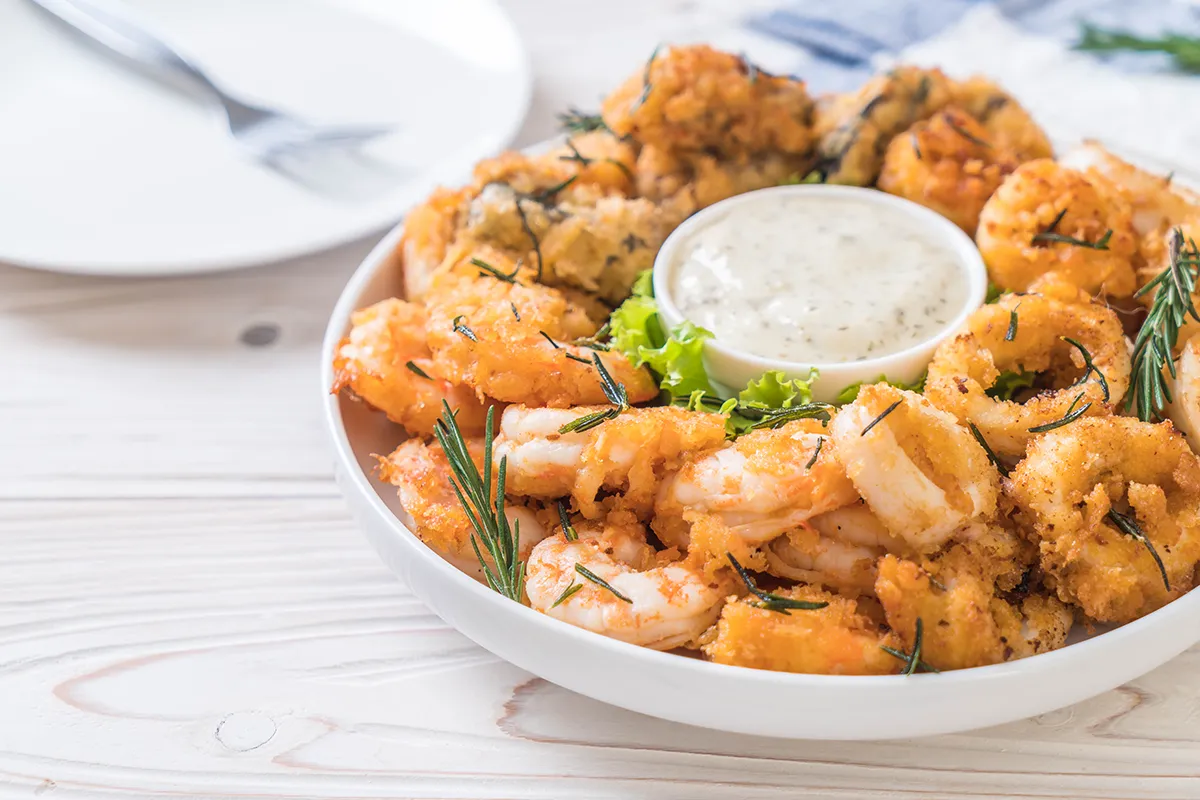
Troubleshooting Common Issues
Frying shrimp can be tricky, and sometimes things don’t go as planned. Here are some common issues that you might encounter when frying shrimp and how to troubleshoot them:
Shrimp are greasy: If your shrimp are greasy, it could be because you didn’t drain them properly after frying. Use a slotted spoon to remove the shrimp from the oil and place them on a paper towel-lined plate to drain excess oil.
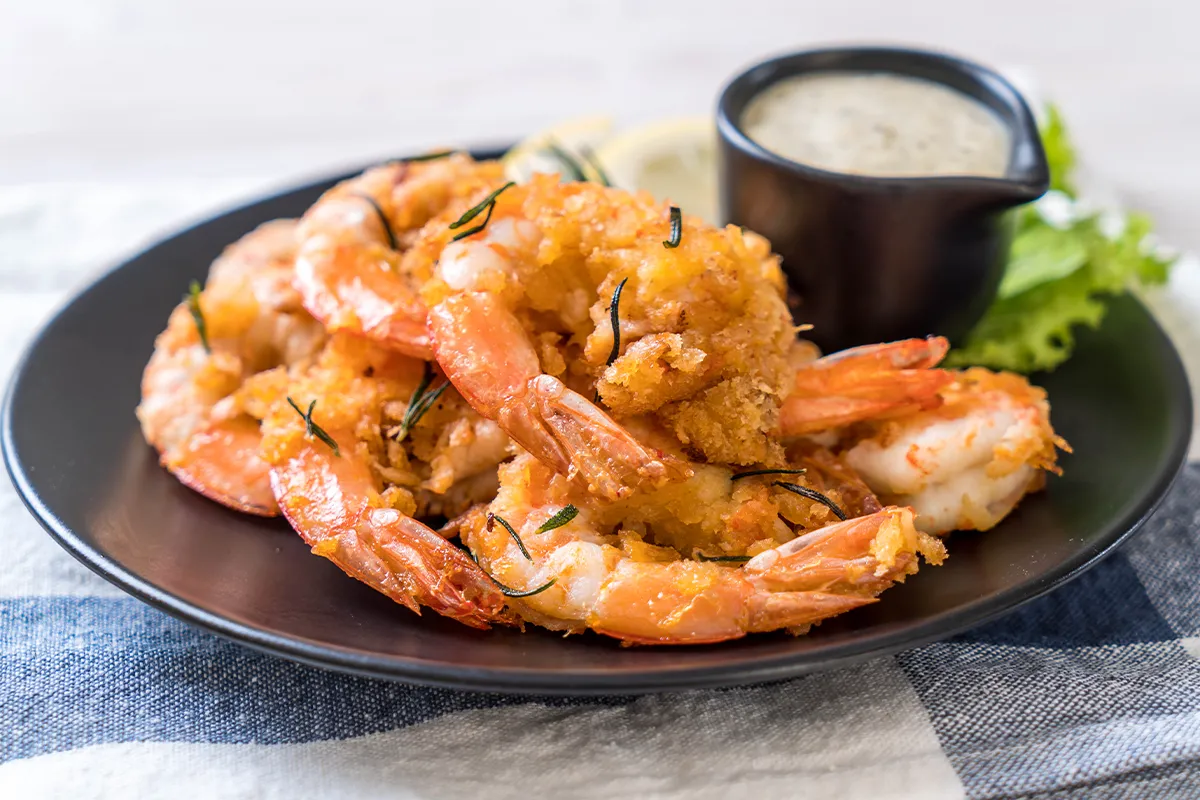
Breading falls off: If the breading falls off your shrimp while frying, it could be because the coating was too thick or the oil temperature was too low. Make sure to coat the shrimp evenly and shake off any excess before frying. Also, make sure the oil temperature is hot enough to prevent the breading from falling off.
Shrimp are not crispy: If your shrimp are not crispy, it could be because the oil temperature was too low or you overcrowded the pan. Fry the shrimp in small batches and make sure the oil temperature is hot enough for the shrimp to fry evenly and become crispy.
Shrimp are overcooked: If your shrimp are overcooked, they can become tough and rubbery. Be careful not to overcook the shrimp and remove them from the oil as soon as they are golden brown and crispy on the outside.
Oil is smoking: If the oil is smoking, it’s too hot and can burn the shrimp or even start a fire. Turn down the heat and wait for the oil temperature to cool down before frying your shrimp.
frequently asked questions
How do I know if the shrimp is cooked through?
Can I use frozen shrimp for frying?
Yes, you can use frozen shrimp for frying. However, make sure to thaw them completely before frying. Pat them dry with a paper towel to remove any excess moisture before coating them with the batter.
Can I reuse the oil for frying?
Yes, you can reuse the oil for frying, but it’s important to strain it through a fine mesh strainer to remove any debris or burnt bits. Store the oil in an airtight container in a cool, dark place and use it within a few weeks. Be aware that each time you reuse the oil, its quality will degrade, so try not to reuse it too many times.
How can I make my fried shrimp healthier?
To make your fried shrimp healthier, try using a light batter or coating, such as panko breadcrumbs or cornmeal. You can also try baking or grilling the shrimp instead of frying them. Additionally, serve them with a side of fresh vegetables or a salad to balance out the meal.
Conclusion
Frying shrimp can seem daunting, but with the right techniques and tips, you can achieve perfectly crispy and flavorful shrimp every time. Start by choosing the right type and size of shrimp, and then prepare them by deveining, peeling, and seasoning them.
When it comes to frying, make sure to use the right type of oil, and adjust the temperature and time to prevent common issues such as overcooking or greasy shrimp. Once you’ve mastered the basic techniques, you can experiment with different batters, coatings, and flavors to create your own unique twist on this classic dish.
Whether you serve them as a snack or a main course, perfectly fried shrimps are sure to please any seafood lover’s palate.


